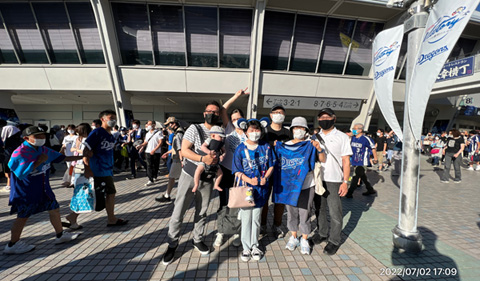
Dr. Gaurav Sinha
Dr. Gaurav Sinha, Associate Professor of Geography, co-authored a reference ontology on mapping depression landforms such as basins, valleys and canyons as part of the Lecture Notes in Geoinformation and Cartography book series.
Sinha was awarded a grant of $41,000 from the United States Geological Survey to fund his sabbatical research efforts this year. Sinha will help researchers at the Center of Excellence for Geospatial Information Science for his proposed project titled “Ontological Delineation and Extraction of Terrain Landforms.” He will work with a small team of researchers from CEGIS and associated universities who will collectively design new methods and software for automated extraction of landforms and terrain features from digital topographic databases.
This collaboration will significantly advance Sinha’s long-term research on how people commonly conceptualize landscape features, especially landforms, and how such knowledge can be applied to develop GIS software for interpreting and mapping people’s natural language search expressions about topographic features.
The recently published reference ontology “A Reference Landform Ontology for Automated Delineation of Depression Landforms from DEMs” appears in the Proceedings of Workshops and Posters at the 13th International Conference on Spatial Information Theory (COSIT 2017), L’Aquila, Italy, Sept. 4-8.
Abstract: This reference landform ontology is intended to guide automated delineation of landforms from digital elevation models (DEMs) and semantic information retrieval about landforms. Since only form related information is available from DEMs, the categories of this reference ontology are defined based only on morphological criteria. The choice of the landform categories is informed by ethnophysiographic and spatial cognition research. The proposed taxonomy is work in progress and reflects the current focus on automated delineation and mapping of depression landforms (e.g., basins, valleys and canyons).
Co-authors are Samantha T. Arundel of the USGS Center of Excellence for Geographic Information Science, Kathleen Stewart of the University of Maryland, David Mark of the University at Buffalo SUNY, Torsten Hahmann of the University of Maine, Boleslo Romero of the University of California Santa Barbara, Alexandre Sorokine of Oak-Ridge National Laboratory, Lynn Usery of the USGS, and Grant McKenzie of the University of Maryland.
Geostatistics for Remediation of Heavy Metals in Neighborhood Soil
Sinha also co-authored an article on “Determining site-specific background level with geostatistics for remediation of heavy metals in neighborhood soils” in the AIMS Environmental Science journal. His co-authors are Tammy Milillo and Joseph Gardella of the Department of Chemistry, University at Buffalo-SUNY.
Abstract: The choice of a relevant, uncontaminated site for the determination of site-specific background concentrations for pollutants is critical for planning remediation of a contaminated site. The guidelines used to arrive at concentration levels vary from state to state, complicating this process. The residential neighborhood of Hickory Woods in Buffalo, NY is an area where heavy metal concentrations and spatial distributions were measured to plan remediation. A novel geostatistics based decision making framework that relies on maps generated from indicator kriging (IK) and indicator co-kriging (ICK) of samples from the contaminated site itself is shown to be a viable alternative to the traditional method of choosing a reference site for remediation planning. GIS based IK and ICK, and map based analysis are performed on lead and arsenic surface and subsurface datasets to determine site-specific background concentration levels were determined to be 50 μg/g for lead and 10 μg/g for arsenic. With these results, a remediation plan was proposed which identified regions of interest and maps were created to effectively communicate the results to the environmental agencies, residents and other interested parties.



















One Comment